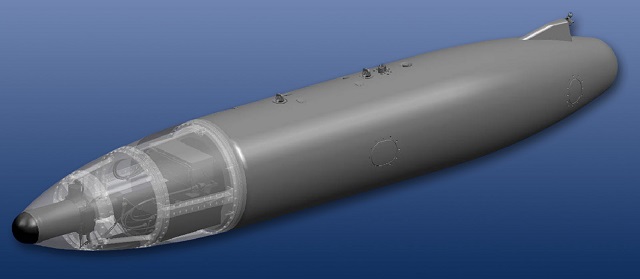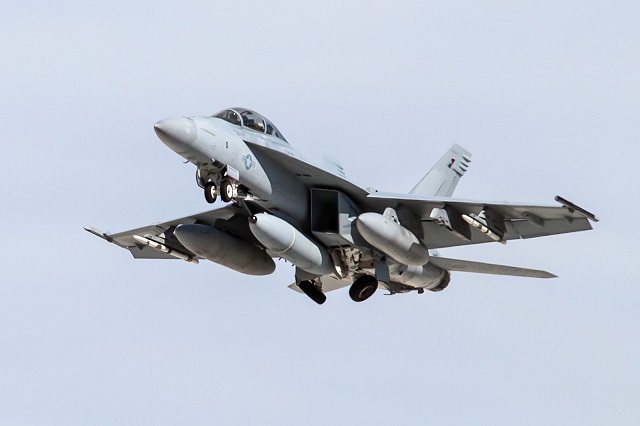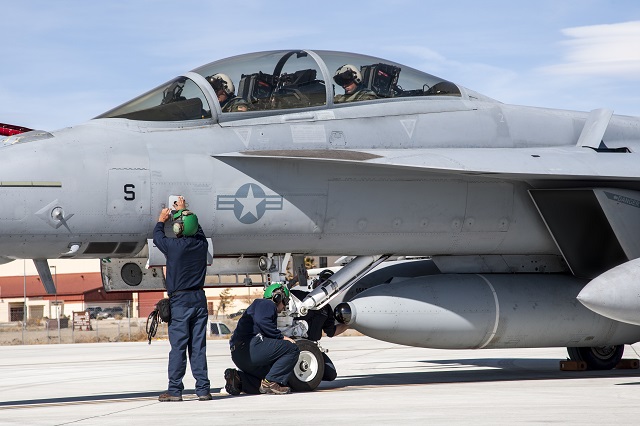|
|
|||
 IRST21 can be mounted in a variety of ways, including the nose section of the F/A-18E/F’s centerline fuel tank. (Photo by Lockheed Martin) |
|||
|
|
|||
|
The IRST21 sensor system uses infrared search and track technology to detect and track airborne threats. Compared to radar, IRST21 significantly enhances the resolution of multiple targets, enabling pilots to accurately identify threat formations at longer ranges. This "see first, strike first" capability empowers pilots with greater reaction time, improving survivability.
IRST21 is the next generation of Lockheed Martin's legacy IRST sensor system, which accumulated more than 300,000 flight hours on the U.S. Navy's F-14 and on international F-15 platforms. Currently, IRST21 flies mounted in the F/A-18E/F's centerline fuel tank. Contacted by Navy Recognition, a Boeing Defense spokesperson explained that "the IRST Pod carries 330 gal of fuel in the fuel tank assembly". This means that the pod still acts as an external fuel tank and the IRST feature does not sacrifices range much. |
|||












